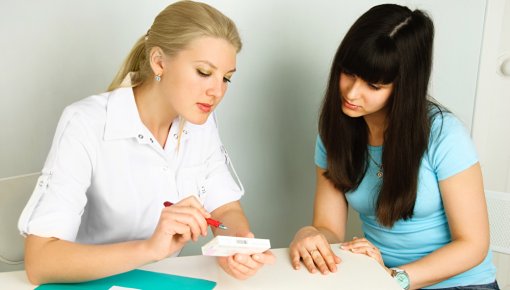Medication abortion ("Abortion pill")

A medication abortion involves using two medications with a gap of 24 to 48 hours between them. You take the first one in the doctor’s practice and the second one either there or at home. The medication triggers bleeding in the womb, which ends the pregnancy.
In Germany, women who decide to have an abortion in the first 12 weeks after becoming pregnant have to comply with certain rules and time limits. The pregnancy can be ended using medication or a surgical procedure.
The drugs for a medication abortion are approved for use up until the 9th week of pregnancy or (to be more precise) the 63rd day after the first day of the woman’s last period. No anesthetic is needed. You might experience temporary side effects like nausea or cramps in your lower belly, but serious side effects are rare.
Unlike surgical abortion, medication abortion takes several days. The medications trigger bleeding in the womb, making it more noticeable that the pregnancy is ending.
